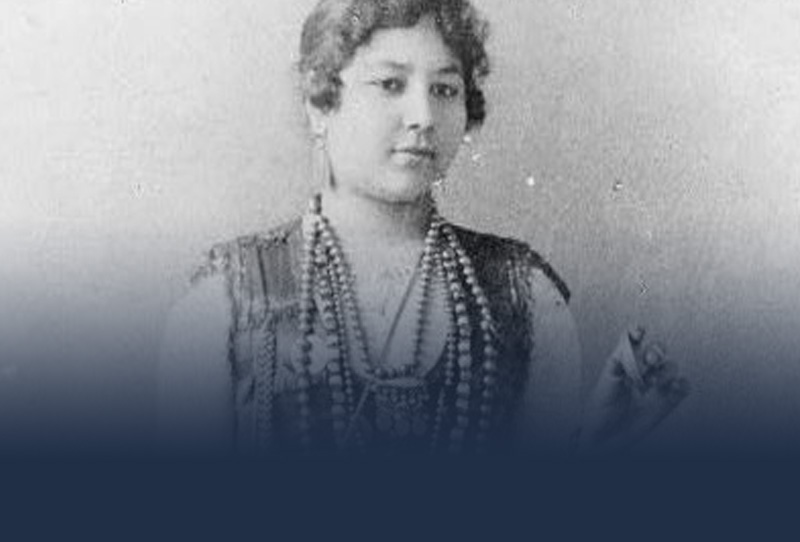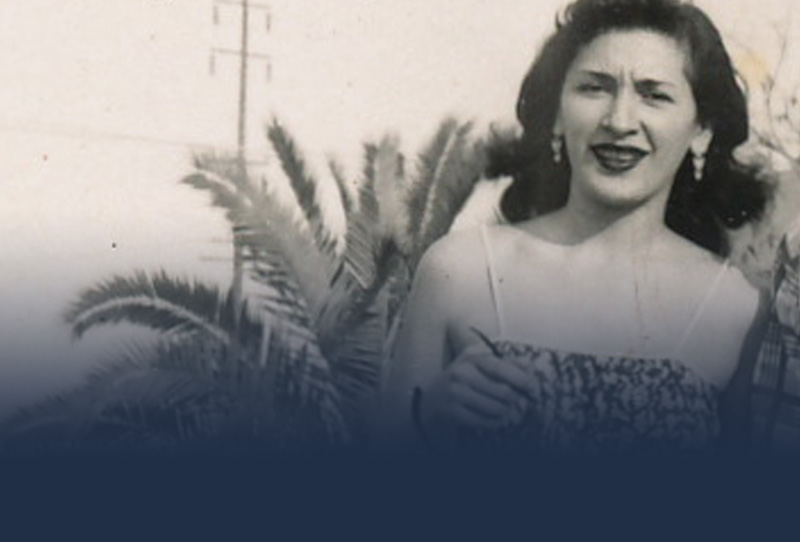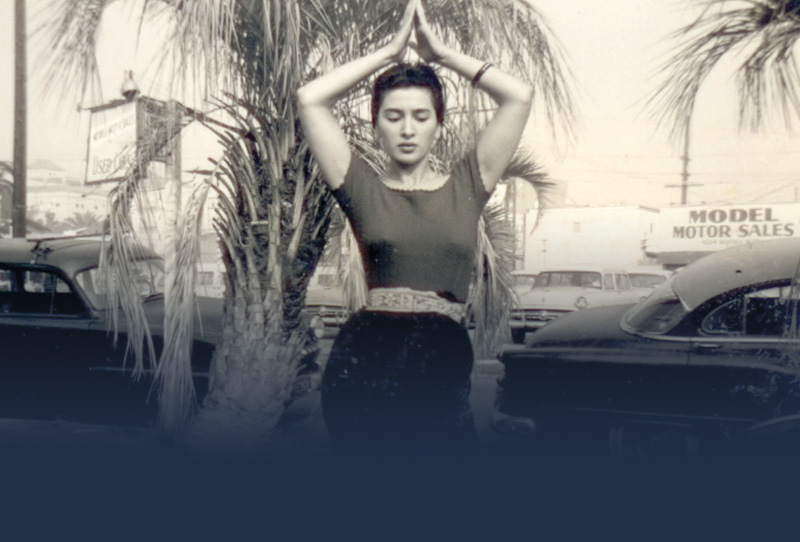Fact or Fiction?
Habibi: Vol. 3, No. 10 (1977)
During my lifetime I heard the name “Little Egypt” and was fed the information that went something like, “first belly dancer to appear at the Chicago World’s Fair”. I remember an avant-garde television program called POW that had, as a background for its title and credits, a brief glimpse of a silent film clip showing a heavy set, old-time dancing girl, over which “censored” was stamped. The film was supposed to be that of “Little Egypt”, or at least it was advertised as such. On my first visit to Disneyland, shortly after it first opened, I saw an un-cut, uncensored version of that same film about twenty times. With pen in hand, I made notations furiously as I waited for the film to play over and over again.
The film is still vivid in my memory. The dancer was poised in front of a painted backdrop which was supposed to represent a garden scene and, since it was a silent movie and there were no musicians in the background, I could not say she was dancing to live music. Her costume consisted of a sheer blouse with long sleeves, a vest, and a skirt that looked like it was cut on the straight and, because of the way it hung, could have been a heavy cotton woven in large stripes. Several layers of chains and coins were draped around her neck and bosom which swayed to and fro throughout her dance. She had extremely long hair, thick and wavy, which hung all the way down to her thighs. Whether or not it was the beginning of her dance one could not say because the film started abruptly with her spinning about six times while playing four very large finger cymbals. She stopped facing forward and, still playing the cymbals, shook her shoulders vigorously as she advanced toward the camera in what I call “Arabic 2”. Two repetitions and the film ended. I wasn’t particularly impressed with her technique. As the film played again I kept saying to myself, “Is this it? Is this the real thing?”
What is the importance of proving or disproving the “Little Egypt” legend? I believe the importance lies in the fact that several exploiters seized the opportunity to capitalize on the sexual sensationalism which advertised, “Come and see the dance that was banned at the Fair”. The curiosity and patronage of an unknowing public encouraged imitators; what was seen was not the real danse du ventre but a sordid pretense of an ancient dance that was later dubbed the “Hoochie Koochie”. Can we imagine the females who “created” and “made up” steps that they thought might pass for “oriental”? I have at various times seen several different women in photographs titled “Little Egypt”. One such example is the photograph titled “Little Egypt Barbary Coast 1893”. The Victorian figure draped on the piano dates the photo, but we wonder what kind of dance was done accompanied by a slide trombone, trumpet, and xylophone? Her skirt is beaded mesh often worn by present-day Turkish dancers. This smart lady could have seen the show in Chicago and hightailed it to San Francisco to cash in on the fair.
Sol Bloom, the director of the Midway Plaisance at the Chicago World’s Fair of 1893, denied emphatically that he had anything to do with a female entertainer known professionally as “Little Egypt”.
He states that at no time during the Chicago Fair did this character appear on the Midway. In his autobiography, Mr. Bloom affectionately describes the Algerian Village as his favorite among favorites and states that the Algerians were genuine beyond question. They presented a variety of entertainment that had never been seen in the United States before. There were acrobats, dancers, and scorpion swallowers. Bloom wrote: “What artists they were—particularly the ballet troupe, with their specialty, the danse du ventre.” He also said, “It is regrettable…or, if anyone should choose to disagree, it is at least a fact…that more people remember the reputation of the danse du ventre than the dance itself. This is very understandable. When the public learned that the literal translation was ’belly dance’ they delightedly concluded that it must be salacious and immoral. The crowds poured in. I had a gold mine.”
Mr. Bloom goes on to say that “the danse du ventre, while sensuous and exciting was a masterpiece of rhythm and beauty; it was choreographic perfection”.
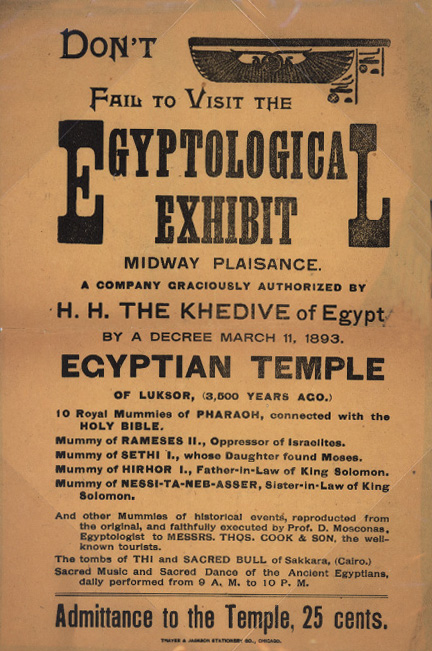
“Almost at once, this dance was imitated in amusement parks all over the country. As it became debased and vulgarized it began to acquire the reputation that survives today – the reputation of a crude, suggestive dance known as the “Hoochie Koochie”. He unwittingly contributed to the success of the bastard version of the danse du ventre when, at a preview for the Chicago press, he jumped at the chance for free publicity by bringing a dozen or so dancers to the hotel room where the only musical accompaniment was a piano player. He hummed a tune and, to give the pianist an idea of the rhythm, he picked it out on the piano with one finger. A score was later arranged from his improvisation and as Sol Bloom states “the music became better known than the dance itself”.
I assumed that the tune was Arabian, brought back by travelers or servicemen who put words to it that “caught on”. (I have heard several verses which I would not repeat here.) Anyway, the Little Egypt legend and the once-famous tune are the two gems of trivia that I now share with you; they are, in fact, concoctions of an imaginative press agent and the innocence of one Mr. Sol Bloom. The press agent legend still persists to the present day and is denied by Mr. Bloom. The mystery tune and its composer have now been identified, but Sol Bloom didn’t copyright it.
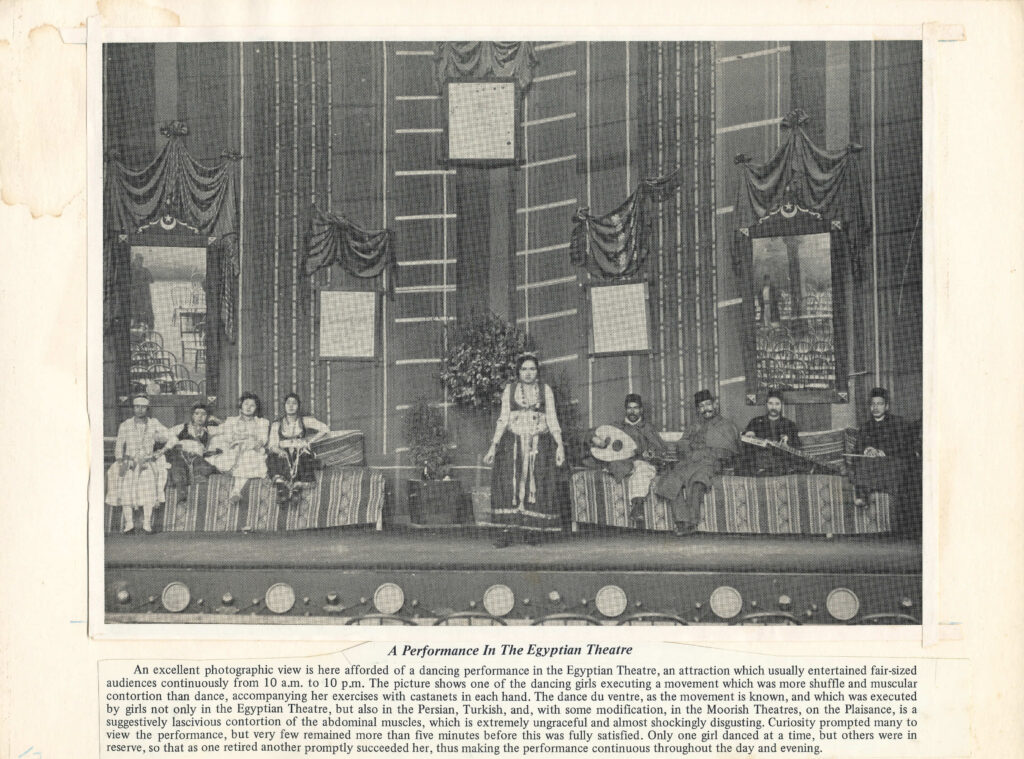


This article was published in Jamila’s Article Book: Selections of Jamila Salimpour’s Articles Published in Habibi Magazine, 1974-1988, published by Suhaila International in 2013. This Article Book excerpt is an edited version of what originally appeared in Habibi: Vol. 3, No. 10 (1977).
Photo Credits:
- Midway Plaisance Egyptological Exhibit Poster, 1893, From the Jamila Salimpour Danse Orientale Archives. No known copyright restrictions. In Article
- A Performer of the Danse Du Ventre. The Columbian Gallery: A Portfolio of Photographs from the World’s Fair. Chicago: Werner Company, 1894. Vintage printed page from the Jamila Salimpour Danse Orientale Archives. No known copyright restrictions. Original in folder
- A Performer in the Egyptian Theater. Chicago Times Portfolio of the Midway Types. Chicago: The American Engraving Company, 1895. Vintage printed page from the Jamila Salimpour Danse Orientale Archives. No known copyright restrictions. Original in folder
- Jamelee, Syrian Dancer. The Columbian Gallery: A Portfolio of Photographs from the World’s Fair. Chicago: Werner Company, 1894. Vintage printed page the Jamila Salimpour Danse Orientale Archives., No known copyright restrictions. Original in folder
